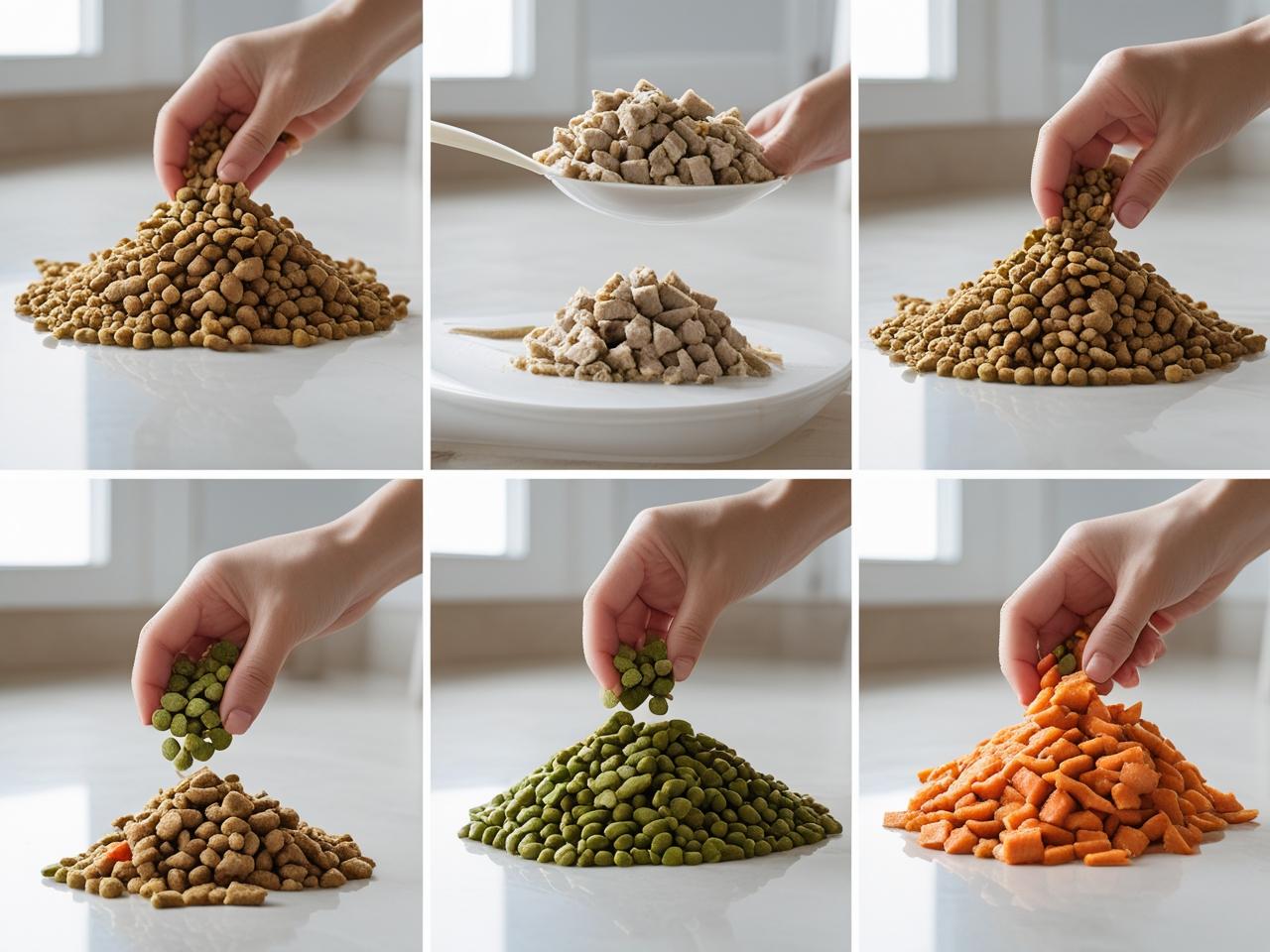Changing your pet’s food is something every dog or cat owner will do at some point. Whether the current food is no longer available, your pet’s needs have changed, or you’re simply looking for a better option, it’s important to make the switch in a way that avoids stress and discomfort.
A gradual food transition helps protect your pet’s digestion and ensures they’ll accept the new food without refusing meals or feeling sick. This article will guide you through a safe, step-by-step method that works for both dogs and cats.
Why Gradual Transitions Are Important
Pets have sensitive digestive systems that get used to certain ingredients. If you switch their food too fast, it can cause diarrhea, vomiting, or refusal to eat. Even if the new food is higher quality, your pet’s body needs time to adapt.
Sudden changes in texture, flavor, or smell may also confuse or stress your pet. That’s why the best way to switch is slowly, over the course of several days.
When to Start a Transition
Pick a calm week when your pet is healthy and your routine is stable. Avoid transitions during stressful periods like travel, home renovations, or after surgery. Your pet should feel safe and relaxed to accept the new food.
If you’re introducing a completely new type of food, like going from dry to wet, give extra time for the transition. Be patient and keep the process simple and consistent.
Step 1: Days 1 and 2
Start with 75% of your pet’s current food and 25% of the new food. Mix it well so your pet can’t separate the new from the old. Offer it at the same time and in the same dish you always use. This keeps the environment familiar.
Observe your pet’s response. If they eat it without hesitation and have normal stools, it’s a good sign.
Step 2: Days 3 and 4
Now move to a 50/50 mix. You may notice your pet sniffing more or eating more slowly. That’s normal—they’re adjusting. Stick to the same feeding times and location.
Continue observing stool quality, appetite, and behavior. If everything remains normal, you’re on track.
Step 3: Days 5 and 6
Shift the mix to 75% new food and 25% old food. By now, your pet should be more familiar with the taste and texture of the new formula.
Some pets might show minor digestive changes, like softer stools. As long as they’re still eating and acting normally, you can continue.
Step 4: Day 7 and Beyond
On day seven, serve 100% of the new food. If your pet has adapted well to the previous stages, this final step should go smoothly.
Watch their behavior for the next few days. If appetite, energy, and stool remain normal, the transition is complete.
What to Do If Problems Arise
If your pet refuses to eat or has noticeable digestive issues, slow the transition down. Go back to the previous ratio and wait two more days before trying the next step again.
Always serve meals at the same time each day. Avoid adding treats or human food during the transition, as these can interfere with the process.
If your pet skips a meal or two but is otherwise acting normally, it’s okay. Pets sometimes need time to adjust. Keep offering the same mix and maintain a calm environment.
Extra Tips for a Smooth Transition
Keep water available at all times. Switching from dry to wet food or vice versa can change how much your pet drinks.
Avoid adding unnecessary extras like oils, broths, or toppings unless recommended for taste encouragement. Keep the focus on helping your pet accept the new food on its own.
Stick to the same bowl and feeding spot. Routine helps pets feel safe and willing to try new things.
Use a food scoop to keep portion sizes consistent during the switch. Sudden changes in quantity can affect digestion too.
If you have more than one pet, monitor them separately during the transition. Some pets may try to eat each other’s food, which can make it harder to see who is adjusting well.
Signs the New Food Is a Good Fit
Your pet eats their meals calmly and completely.
They have normal, healthy stools.
Their coat remains shiny and clean.
They’re playful, relaxed, and sleeping well.
No signs of itching or upset stomach.
These signs show the new food works well. If you notice changes like excessive scratching, gas, or persistent loose stool, it may be time to reconsider the food.
How to Switch Between Types of Food
Going from dry to wet food or vice versa takes a little more time. Start by mixing the two types thoroughly. You can add a small amount of warm water to dry food to make the texture more familiar if your pet prefers soft meals.
Mixing textures slowly helps pets adjust without stress. Expect more attention to scent and taste in the first few meals. Stay calm and consistent.
After the Transition
Once your pet is fully eating the new food, stay consistent for several weeks. This gives their body time to fully adapt.
Avoid switching foods again too soon. Frequent changes can lead to picky eating or long-term stomach problems.
If your pet thrives on the new food, you’ve made a great choice. Stick with it and monitor their health, behavior, and appetite regularly.
Changing your pet’s food doesn’t have to be difficult. With a clear plan, a little patience, and careful observation, your dog or cat can make a smooth and healthy transition to their new meals.
